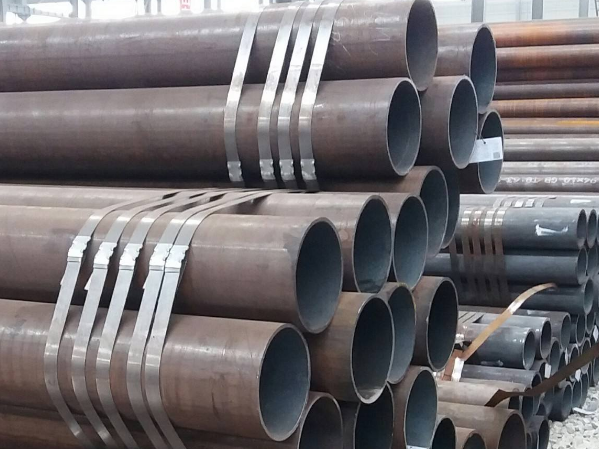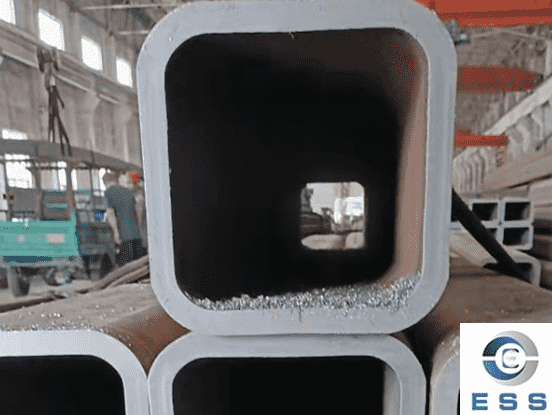The hardness test of
seamless steel pipe should take into account its mechanical properties, which is related to the performance and quality of deformation, stamping, cutting and other processing using
stainless steel or carbon steel as raw materials. Therefore, all seamless steel pipes are subject to mechanical properties testing. There are two main types of mechanical properties testing methods, one is tensile test and the other is hardness test.
The tensile test is to make a seamless steel pipe into a sample, pull the sample to break on a tensile testing machine, and then measure one or several mechanical properties, usually only the tensile strength, yield strength, elongation after fracture and rate of reduction in area. Tensile test is the basic test method for mechanical properties of metal materials. Almost all metal materials require tensile tests as long as they have requirements for mechanical properties. Especially for those materials whose shape is inconvenient for hardness testing, tensile testing has become the only means of testing mechanical properties.

The hardness test is to slowly press a hard indenter into the surface of the sample under specified conditions, and then test the depth or size of the indentation to determine the hardness of the material. Hardness test is a simple, rapid and easy-to-implement method in material mechanical property test. The hardness test is non-destructive, and there is an approximate conversion relationship between the material hardness value and the tensile strength value. The hardness value of the material can be converted into the tensile strength value, which has great practical significance.
Since the tensile test is inconvenient to test, and the conversion from hardness to strength is convenient, people are increasingly only testing material hardness and less testing its strength. Especially due to the continuous progress and innovation of hardness tester manufacturing technology, some materials that could not directly test the hardness, such as seamless steel pipes, stainless steel plates and stainless steel strips, are now possible to directly test the hardness. Therefore, there is a tendency for hardness testing to gradually replace tensile testing.
Most of the national standards for stainless steel materials specify both the tensile test and the hardness test. For those materials that are inconvenient for hardness testing, such as seamless steel pipes, only tensile testing is specified. In the stainless steel standard, three hardness test methods of cloth, Luo and Wei are generally stipulated to measure HB, HRB (or HRC) and HV hardness values, and it is stipulated that only one of the three hardness values can be measured.













 Eastern Steel Manufacturing Co.,Ltd not only improve product production and sales services, but also provide additional value-added services. As long as you need, we can complete your specific needs together.
Eastern Steel Manufacturing Co.,Ltd not only improve product production and sales services, but also provide additional value-added services. As long as you need, we can complete your specific needs together.










